Ornamental grasses are the unsung heroes of year-round gardening. While most plants fade away in winter, leaving gardens bare and lifeless, these hardy grasses stand tall, showcasing unique textures, silhouettes, and movement that bring life to the landscape. Their resilience, sculptural forms, and frost-kissed blades transform ordinary winter gardens into magical displays of subtle beauty.
If you are looking for plants that don’t just survive the cold months but thrive in them, ornamental grasses are an excellent choice. Let’s explore five ornamental grasses that offer exceptional winter beauty and texture, making them a perfect addition to your yard or garden.
1. Switchgrass (Panicum virgatum)
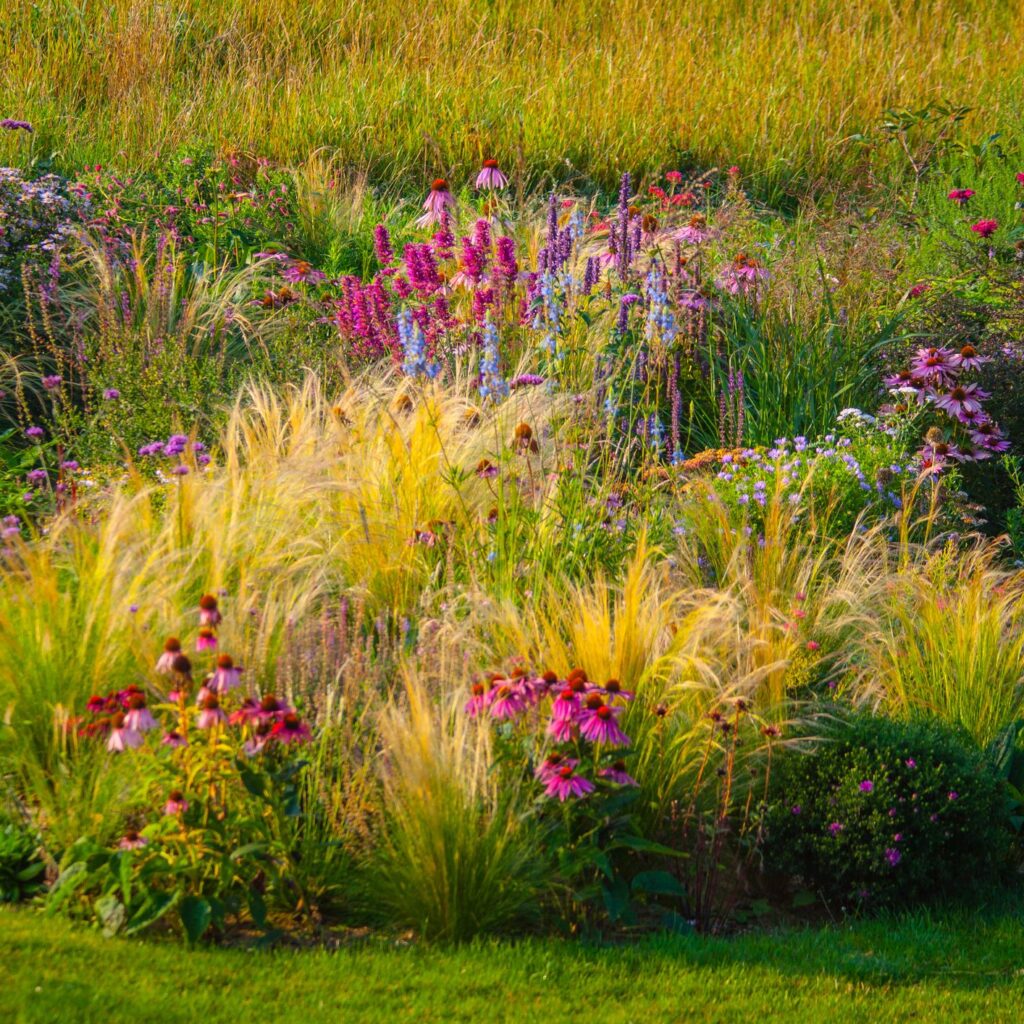
Switchgrass is a native North American prairie grass celebrated for its upright form and resilience. During the warmer months, it grows into a lush green clump, but in fall and winter, its foliage turns golden-tan, often accented by seed heads that glisten in the frost.
Key Features:
- Height: 3–6 feet tall, depending on the variety.
- Foliage: Bright green in summer, shifting to warm golds and copper in fall and winter.
- Texture: Fine and feathery panicles that persist through winter, adding light-catching elegance.
Winter Beauty:
The tall, stiff stems of switchgrass resist snow and wind, maintaining their structure even in harsh conditions. Its seed heads sparkle in low winter sunlight, and when dusted with frost or snow, the plant takes on a sculptural quality.
Growing Tips:
- Prefers full sun but tolerates partial shade.
- Adapts to various soils, from sandy to clay.
- Low-maintenance and drought-tolerant once established.
Why It’s Special: Switchgrass not only adds height and drama but also supports wildlife, offering seeds for birds during the winter.
2. Feather Reed Grass (Calamagrostis × acutiflora ‘Karl Foerster’)
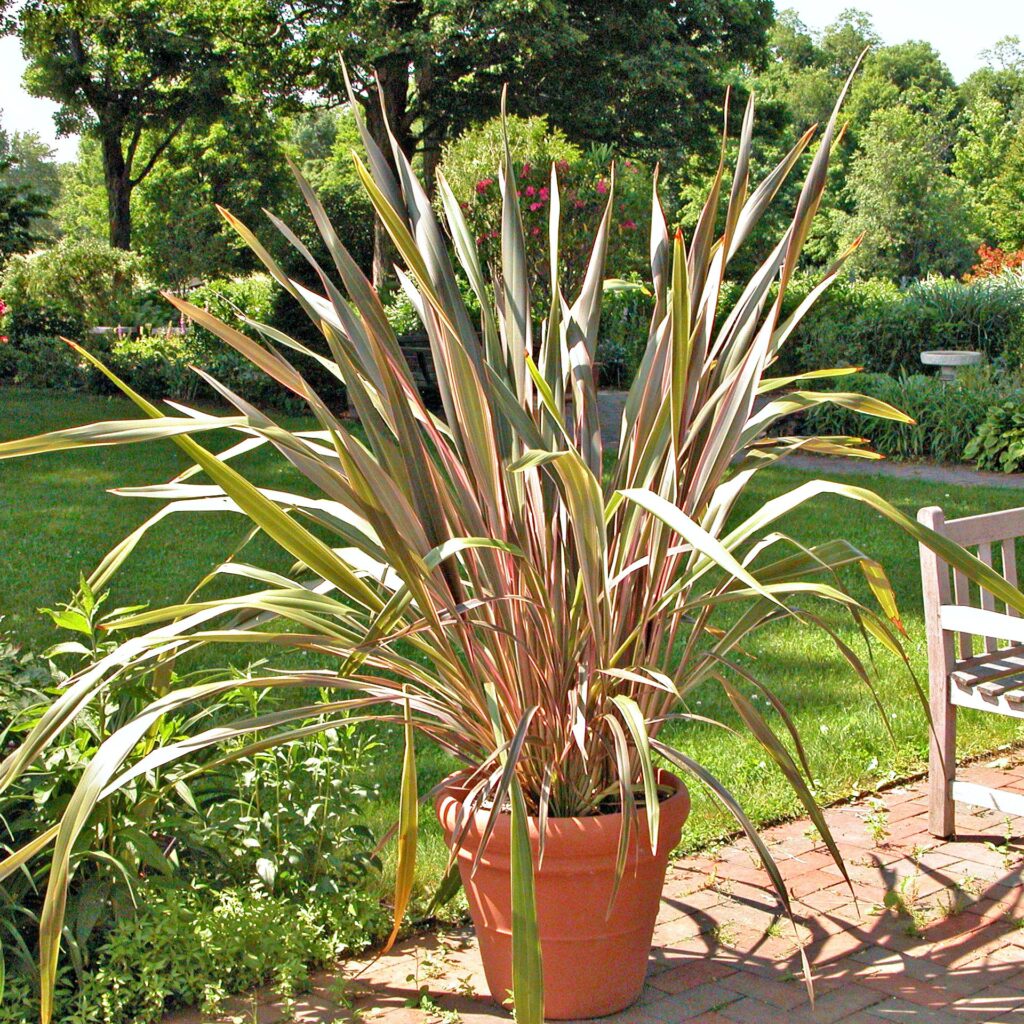
Feather Reed Grass is perhaps one of the most popular ornamental grasses for its year-round appeal. Known for its tall, vertical plumes, it maintains a tidy clump that stands strong even under snow.
Key Features:
- Height: 3–5 feet tall.
- Foliage: Green in summer, turning wheat-gold in winter.
- Texture: Upright, feathery plumes that create strong architectural interest.
Winter Beauty:
The plumes of Feather Reed Grass remain intact well into winter, catching snowflakes and ice crystals beautifully. The golden stalks sway gracefully in winter breezes, adding both sound and motion to the garden.
Growing Tips:
- Thrives in full sun to light shade.
- Grows best in moderately fertile, well-drained soil.
- Cut back old growth in early spring before new shoots appear.
Why It’s Special: Its striking vertical form provides structure in winter gardens where other plants may flop or fade. It’s also perfect for smaller yards due to its narrow footprint.
3. Blue Oat Grass (Helictotrichon sempervirens)
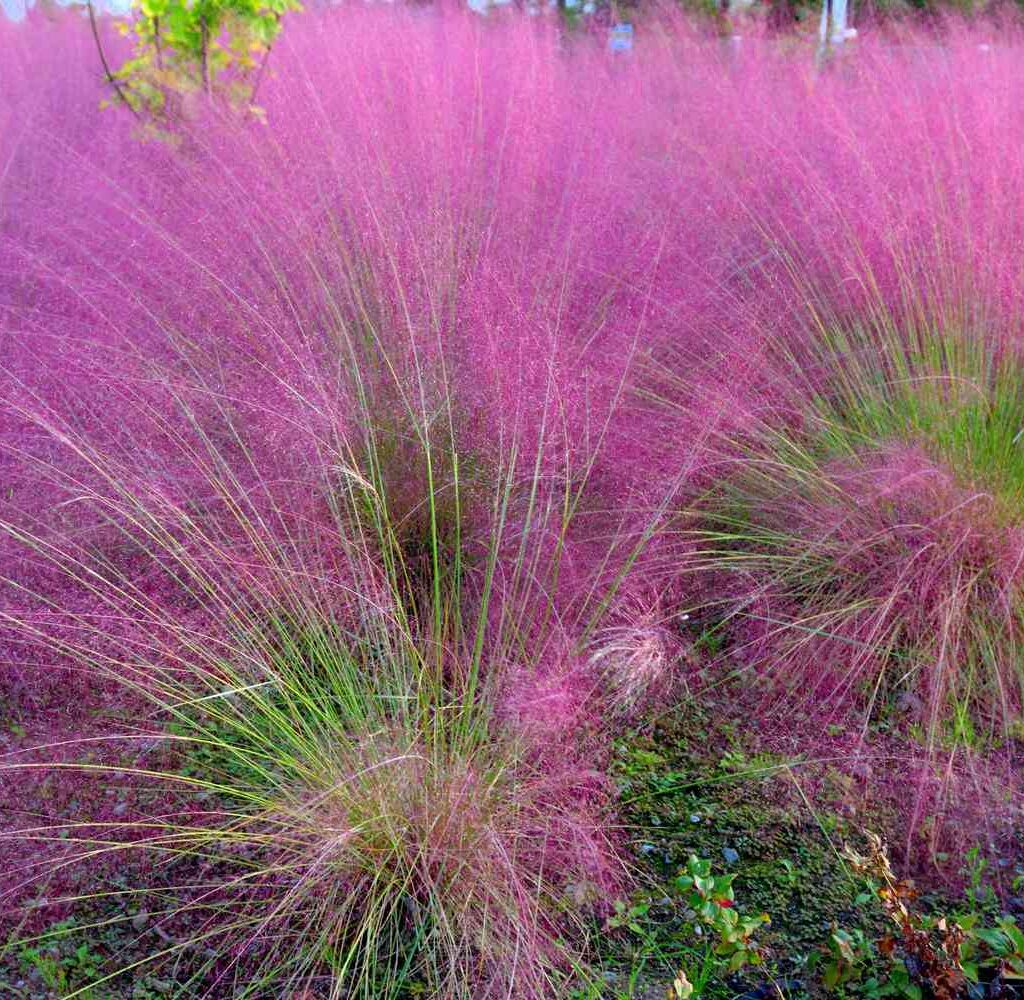
Blue Oat Grass is prized for its icy-blue foliage that adds cool tones to gardens throughout the year. Unlike some grasses that fade or collapse in cold weather, this evergreen perennial holds its color and form even in winter.
Key Features:
- Height: 2–3 feet tall.
- Foliage: Silvery-blue, spiky clumps.
- Texture: Fine, arching blades with a metallic sheen.
Winter Beauty:
The bluish-gray foliage contrasts beautifully with snow, ice, and darker evergreen shrubs. Its mounded form adds structure, while its frosty tones echo the hues of the winter season.
Growing Tips:
- Prefers full sun and well-drained soil.
- Drought-tolerant once established.
- Avoid overly wet soil in winter, which can cause root rot.
Why It’s Special: Blue Oat Grass is a low-maintenance, evergreen ornamental that provides year-round color and pairs well with other winter-interest plants.
4. Miscanthus (Miscanthus sinensis)

Miscanthus, also called Maiden Grass, is one of the showiest ornamental grasses, offering both height and texture. In winter, its tall plumes and arching foliage turn golden to silvery shades, giving a dramatic effect in the landscape.
Key Features:
- Height: 4–8 feet tall, depending on variety.
- Foliage: Green with silvery midribs in summer, fading to bronze-gold in winter.
- Texture: Tall, feathery plumes that catch light and frost.
Winter Beauty:
The plumes of Miscanthus rise above the foliage like fireworks frozen in motion. Even in the coldest months, the grass maintains its upright habit, often dusted with frost or snow, making it a centerpiece of winter gardens.
Growing Tips:
- Best in full sun.
- Tolerates a wide range of soils but prefers moist, well-drained conditions.
- Cut back in late winter before new growth begins.
Why It’s Special: Miscanthus adds height and drama, making it perfect as a focal point or backdrop for other winter plants.
5. Northern Sea Oats (Chasmanthium latifolium)
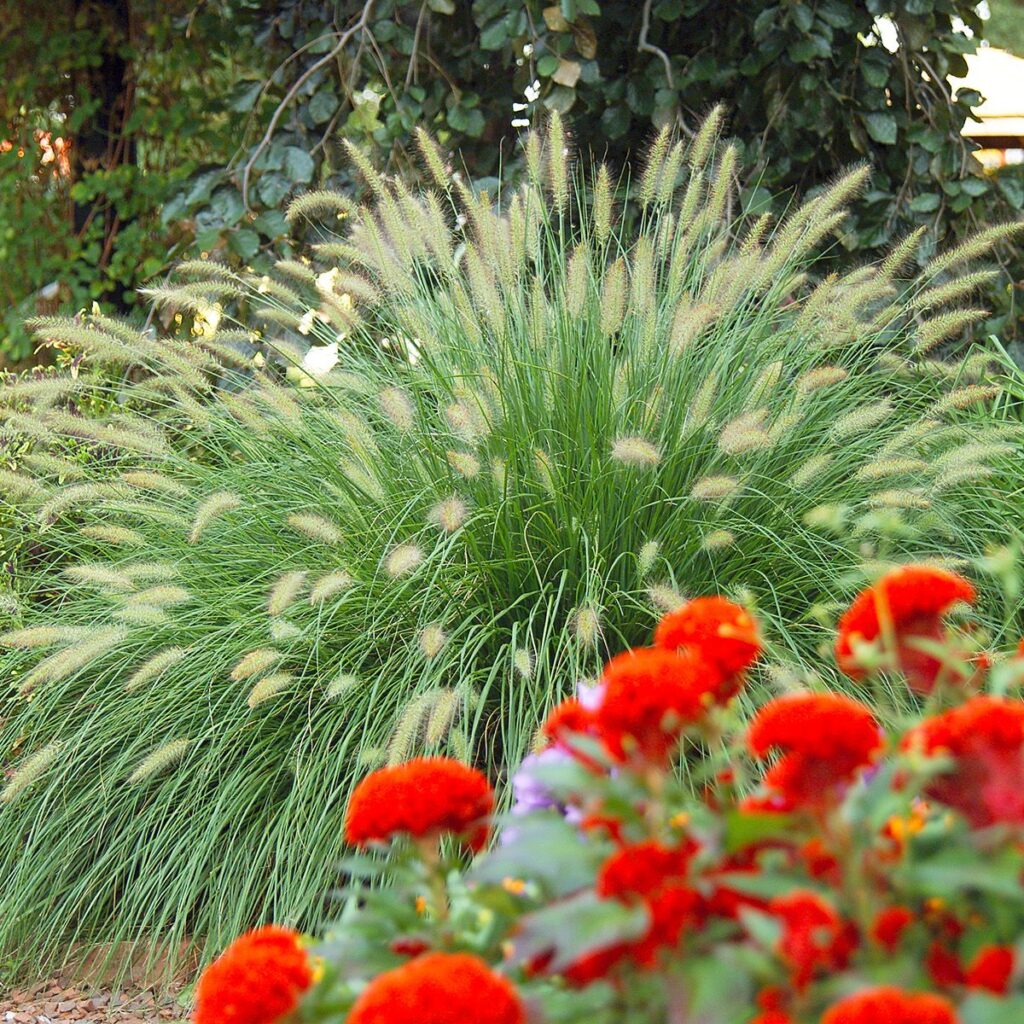
Northern Sea Oats is known for its unique seed heads that resemble flattened, dangling oat-like spikes. These seed clusters remain through the winter, offering movement and texture as they sway in the wind.
Key Features:
- Height: 2–4 feet tall.
- Foliage: Green in summer, turning copper-bronze in fall and winter.
- Texture: Distinctive, dangling seed heads that persist into winter.
Winter Beauty:
The seed heads provide both texture and sound as they rattle gently in the wind. When coated with frost, they glisten, adding sparkle and contrast to winter gardens.
Growing Tips:
- Grows in full sun to partial shade.
- Tolerates a variety of soils, including moist or clay-rich types.
- Can self-seed easily, so cut back if you want to control spread.
Why It’s Special: Its seed heads bring a whimsical quality to the winter landscape, creating gentle movement and sound.
Designing with Ornamental Grasses in Winter
When planning a winter garden with ornamental grasses, consider these design tips:
- Contrast: Pair tall golden grasses like Switchgrass or Miscanthus with evergreen shrubs or conifers for a striking winter palette.
- Grouping: Plant in clusters for greater impact and to create a natural, meadow-like effect.
- Lighting: Position grasses where they can catch the low winter sun—frosted plumes and seed heads glow in backlighting.
- Sound & Motion: Use grasses like Northern Sea Oats to add auditory interest with their rustling seed heads.
- Year-Round Appeal: Choose a mix of evergreen and deciduous grasses to ensure color and structure all year long.
Conclusion
Ornamental grasses are not just for summer landscapes—they shine in winter, offering texture, movement, and beauty when most plants are dormant. From the golden glow of Switchgrass to the icy tones of Blue Oat Grass and the architectural plumes of Feather Reed Grass, these plants enrich winter gardens with their enduring charm.
By incorporating these five ornamental grasses into your yard, you can enjoy a dynamic, visually appealing landscape even in the coldest months of the year. With their resilience, low maintenance needs, and seasonal beauty, they are a gardener’s secret weapon for year-round design.
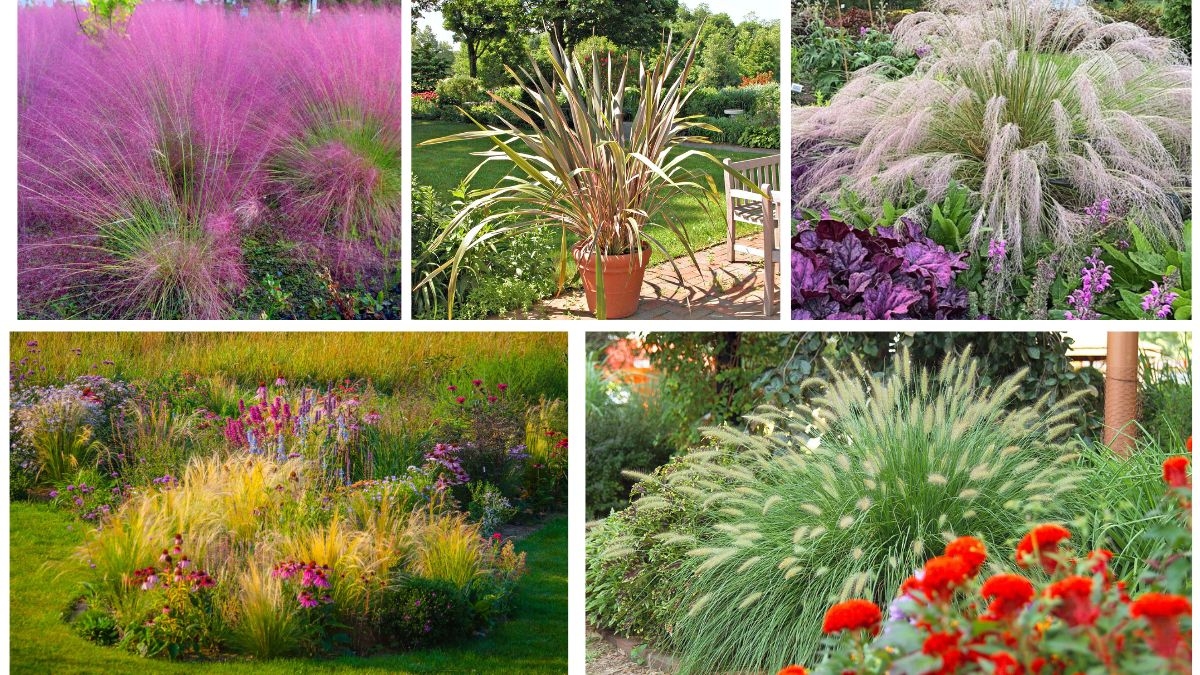


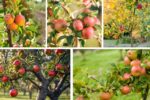

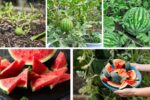
Leave A Comment